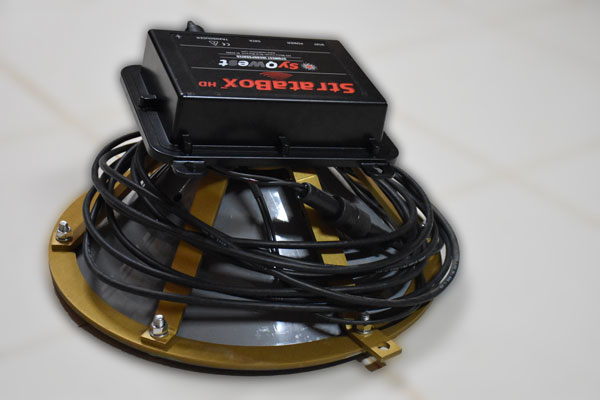

- #Leica geomatics office statistical calculations software
- #Leica geomatics office statistical calculations trial
- #Leica geomatics office statistical calculations free
While there are many different ways to deal with these rouge points we can once again apply the Poisson distribution, which seems to have the best results in the automated filters offered by MeshLab. So to avoid have spikes or deformities in our data we should apply a few methods in eliminating them when possible.įalse points to be removed from point set data More on Subsampling The image below the point cloud captured from the Microsoft Kinect (of a human chest – side view) and it has points that are not apart of the actual object we want to creat a 3D model of. Meaning that what worked well with a point cloud of a million points for the interior of a room, may not work with a million points of a human face. Like previously mentioned the exact parameters used in your process are TOTALLY APPLICATION DEPENDENT. The algotrithim it was designed to create circular window over the point cloud and calculate those points that are statistically “random” according to a Poisson distribution. Make sure you check the “Base Mesh Subsampling” box. The “Filter->Sampling->Poisson Disk Sampling”
#Leica geomatics office statistical calculations trial
We will want to recreate a surface, which through trial and error (at least with objects that contain a lot of curves or contours) the Poisson disk method obtains the best results. *** Especially in noisy scan’s from the Kinect This does inevitably reduce the resolution of the data but if proper techniques are used you can maintain a high level of fidelity in the point cloud data. Occasionally you will need to sub-sample your point-cloud data to make it easier to work with. PLY, STL, OFF, OBJ, 3DS, COLLADA(dae), PTX, V3D, PTS, APTS, XYZ, GTS, TRI, ASC, X3D, X3DV, VRML, ALN **MeshLab can import the following file types: N.: A Web Based Open Source Deformation Analysis Platform for identifying Crustal Movements, EGU General Assembly 2022, Vienna, Austria, 23–, EGU22-13326,, 2022.Once MeshLab is open the “Import Mesh” icon on the main toolbar will allow you to navigate to the files you have stored. In this way, a new vision is put forward to the applications used in GNSS-based static deformation analysis and experts who are interested in monitoring and analysing deformations can access such platforms more easily.īak, M. HTML (HyperText Markup Language), CSS (Cascading Style Sheets), JavaScript applications were made.Īs a result, in this study, information about the design of the have developed open source web platform is given and GNSS data obtained from certain days in 2016, 20 in the Marmara Region are analysed. This platform is written with client-side programming languages. It is a static deformation analysis platform that performs 3-Dimensional statistical analysis that provides visualization, computation of coordinate differences, and drawing velocity vectors.
#Leica geomatics office statistical calculations free
After the processing of the base vectors obtained from univariant GNSS networks with the LGO (Leica Geo Office) software, Web-NDefA is used to load the ASCII file of the base solutions to the platform, to adjust the measurements according to the free adjustment method, to obtain the confidence criteria and to analyse the networks compared according to the static deformation model and S-Transformation method.

In addition, the analysis of a data group obtained from Continuously Operating Reference Stations in the Marmara Region with this platform is also explained. In this study, an open source web-based deformation analysis platform named Web-NDefA (Web-'N'etwork 'Def'ormation 'A'nalysis), which was developed for 3D static deformation analysis using geodetic methods, is introduced. Today, developing technology has allowed the development of new platforms for deformation analysis. However, the increasing interest in studying crustal movements has revealed new demands.
#Leica geomatics office statistical calculations software
Both academic and commercial software are available for deformation analysis for the determination of earth crust movements.

Important studies have been carried out, especially with the development of GNSS measurement techniques for monitoring displacement movements and deformations. For this reason, geodetic measurement techniques have been used since the beginning of the 20th century. By monitoring the movements of the earth's crust or engineering structures, many measures can be taken to protect human life against potential disasters. Investigating the results obtained from the deformation analysis is very important for human safety. Deformation measurements and deformation analysis are important fields of study in geodesy.


 0 kommentar(er)
0 kommentar(er)
